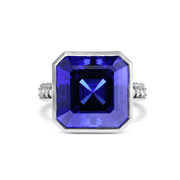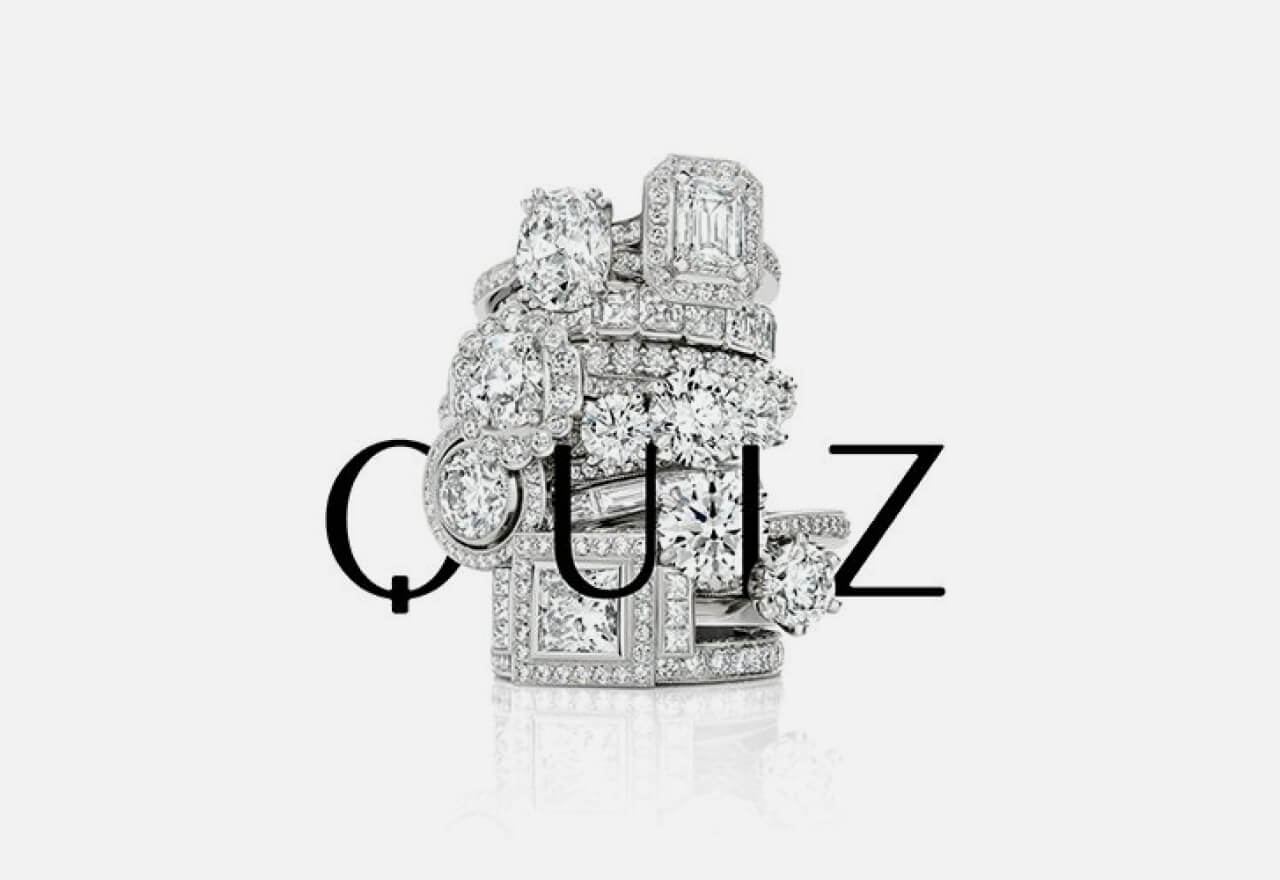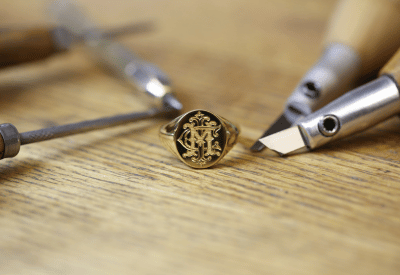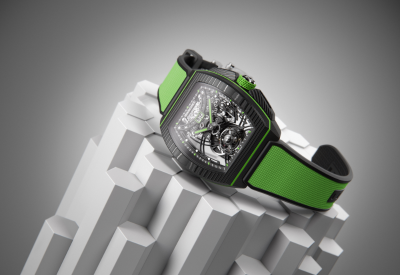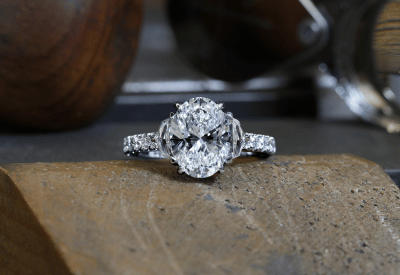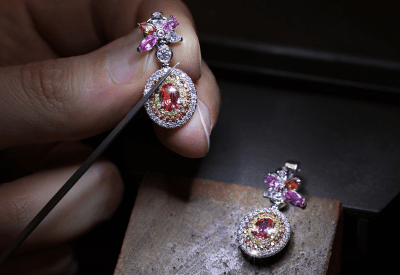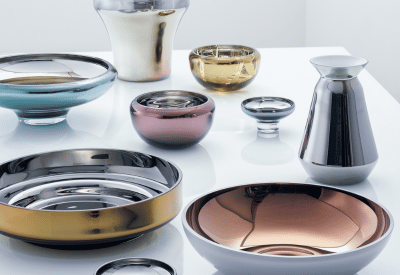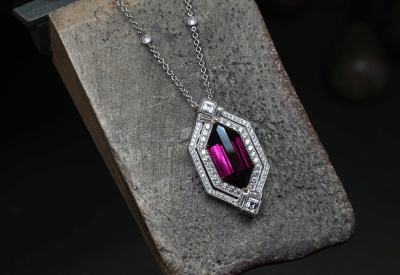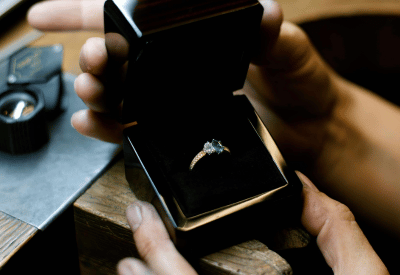BIRTHSTONES
You know your star sign, and probably that of your partner too. But do you know your birthstone and the historical and often mystical attributes of these colourful gems?
It’s an easy ice-breaker – ask someone about their astrological sign, and chances are they’ll be happy to tell you, along with their key personality traits and what sign they’re best matched with. Question them on their birthstone however and you’re likely to be greeted with a much less comprehensive answer. Which is a shame, as these colourful gemstones have a rich history (both factual and magical) and, most thrillingly, can be turned into beautiful pieces of jewellery. Take a closer look at this glittering guide to gemstones of the calendar.
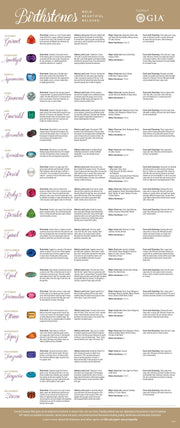
WHAT IS THE BIRTHSTONE FOR JANUARY?
ANSWER: GARNET
Revered since Egyptian times and commonly used by the Romans, the garnet is so named because of its resemblance to a pomegranate seed (granatum meaning seed). While a pomegranate seed is ruby red, garnets come in colours ranging from rich red, to fiery orange to bright yellow and vibrant greens. The stone also represents friendship and trust, making it a powerful talisman for those born in January.
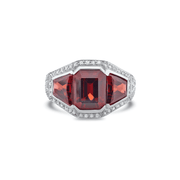
WHAT IS THE BIRTHSTONE FOR FEBRUARY?
ANSWER: AMETHYST
The brilliantly violet-hued amethyst was thought by Greeks and Romans to protect the wearer against drunkenness, with the wine-coloured stone giving its owner a clearer head in the face of a goblet or two too many. In fact, wine goblets were often carved from this stone, which is a type of quartz found all over the world. During the Middle Ages, amethysts came to be associated with English royalty and to this day, purple is one of the most regal of colours.
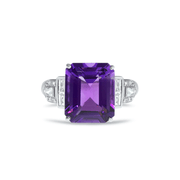
WHAT IS THE BIRTHSTONE FOR MARCH?
ANSWER: AQUAMARINE
With a name that literally means sea water, it should be no surprise that this turquoise gem was often carried by sailors, who believed that the stone would guarantee a safe and prosperous voyage – some of the more lyrically minded crew even claimed it came from mermaids. Like calm waters, aquamarine (which ranges in hue from greenish-blue to blue green) is thought to cool a hot temper, enabling the wearer to remain peaceful and level-headed. March’s alternate gem is the bloodstone – a dark green stone flecked with red that was used for amulets by the Babylonians and which they believed to have healing powers – especially for blood disorders. Biblical lore has it that the stone was formed when Christ’s blood dripped from the cross to the jasper stone at his feet.
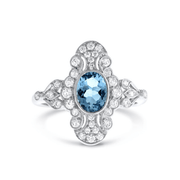
WHAT IS THE BIRTHSTONE FOR APRIL?
ANSWER: DIAMOND
What a wonderful force is nature that it can take a chunk of carbon and turn it into a diamond – a stone whose name is derived from the Greek word for unbreakable. The first diamonds were thought to have been mined in India, around 6000 years ago and there is much evidence of the use of diamonds in early tools. Now, of course, they are greatly revered for their beauty and symbolism of perfection, permanence and longevity. And, while colourless diamonds are a popular choice for engagement rings, this most precious of gems also comes in yellow, red, pink, blue and green – a rainbow of options for a loved one born in April.
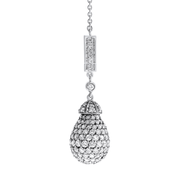
WHAT IS THE BIRTHSTONE FOR MAY?
ANSWER: EMERALD
Symbolising rebirth and renewal, the brilliant green of an emerald is truly the colour of blooming good fortune and is also thought to give their wearers foresight and youth. First mined in Egypt in 330BC, Cleopatra was apparently a fan of this vibrant stone, supplies of which are limited. During the Middle Ages emeralds were believed to be able to separate the truth from falsehood and, if placed on the tongue, enable people to see the future. Our prediction? A May birthday would love a piece of emerald jewellery.
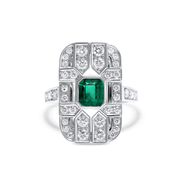
WHAT IS THE BIRTHSTONE FOR JUNE?
ANSWER: ALEXANDRITE, MOONSTONE AND PEARL
Those born in June are lucky enough to have three birthstones to choose from, and while they’re all different, they do share similar properties as they are believed to strengthen female energy and magnify love. Pearls are unique in that they come from living sea creatures and require no additional manipulation to enhance their beauty. Alexandrite (named for Russian Czar Alexander II as they were discovered during his reign) and moonstones both have chameleon-like qualities with their colour changing depending on the light by which they’re viewed (Alexandrite) or according to ancient Roman historian Pliny, the phases of the moon (moonstone).
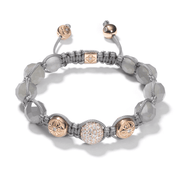
WHAT IS THE BIRTHSTONE FOR JULY?
ANSWER: RUBY
The rich red of a ruby sets it apart from the rest of the corundum family – a stone of any other colour is a sapphire. Their blood red colour has long symbolised courage and Burmese warriors were rumoured to have inserted rubies under their skin to make them invincible in battle – fitting when you consider that only the diamond surpasses them in hardness. Passions are stirred by rubies, which are closely linked with matters of the heart – making them perfect for a July birthday gift.
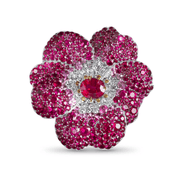
WHAT IS THE BIRTHSTONE FOR AUGUST?
ANSWER: PERIDOT AND SPINEL
The peridot is formed deep under the earth’s surface and then brought to us by volcanoes – in Hawaii, they are said to symbolise the tears of Pele, the goddess of fire and volcanoes. The grassy green colour is the most popular of peridots, (which can also be yellowy green and brown) and it is said to protect against nightmares, have healing properties and bring its wearer power, influence and a good year ahead. Along with these more magical powers, during the Middle Ages they were much favoured by clergyman who adorned their robes with stones brought back from Egypt by crusaders.
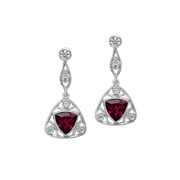
WHAT IS THE BIRTHSTONE FOR SEPTEMBER?
ANSWER: SAPPHIRE
A deep sky blue is the colour most often associated with sapphires and in fact the ancient Persians believed that the earth rested on a giant sapphire and it was that stone that reflected the colour of the sky. Centuries later, clergymen of the Middle Ages wore sapphires to represent heaven. Like many birthstones, sapphires were also thought to have magical medicinal qualities – mostly associated with the eyes. While we don’t recommend the sapphire eyewash favoured by the Egyptians, we do like the idea that the wearing of them may help you to “see” more clearly.
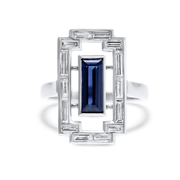
WHAT IS THE BIRTHSTONE FOR OCTOBER?
ANSWER: OPAL AND TOURMALINE
These fire-flecked stones of many colours have some truly mysterious qualities, with ancient cultures believing they could protect children and also bestow invisibility. Ranging in colour from milky white to black, with those distinctive flashes of colour, opals also have a history of being symbols of hope, purity and innocence. Anyone born in October will certainly be hoping to receive a piece of opal jewellery for their next birthday.
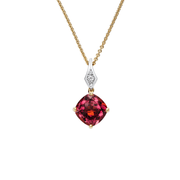
WHAT IS THE BIRTHSTONE FOR NOVEMBER?
ANSWER: TOPAZ AND CITRINE
A rainbow of colours can be found in the topaz family with gems ranging from yellow, through pinks and purples to blue tones while November’s other birthstone – citrine – is best known for its warm yellow and orange hues. However both stones were believed to have heating and cooling properties – topaz was thought to have the power to cool both boiling water and hot tempers while citrine could allegedly provide warmth in its wearer. Loyalty, sincerity and faithfulness are also qualities associated with topaz, whose name means “fire” in Sanskrit.
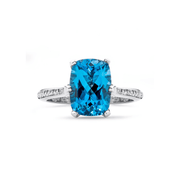
WHAT IS THE BIRTHSTONE FOR DECEMBER?
ANSWER: TURQUOISE, ZIRCON AND TANZANITE
While they are all very different stones, turquoise, zircon and tanzanite all share shades of glorious blue. Turquoise, known for its opacity and robin’s egg blue, is one of the oldest known gemstones, while tanzanite was only discovered in the 1960s (in Tanzania, hence its name). Healing properties, as well as wealth and prosperity have been associated with turquoise, which is perennially popular in the American Southwest, where the Navajo people believe that it is a piece of the sky that has fallen to earth. Zircon, which takes its name from the Arabic words for gold and colour, was also believed to have healing powers – protecting wearers from disease, injury and pain. An ability to protect against nightmares was another quality associated with this stone, which comes in a wide variety of colours and is probably best known for its colourless variant, which was used to imitate diamonds.
